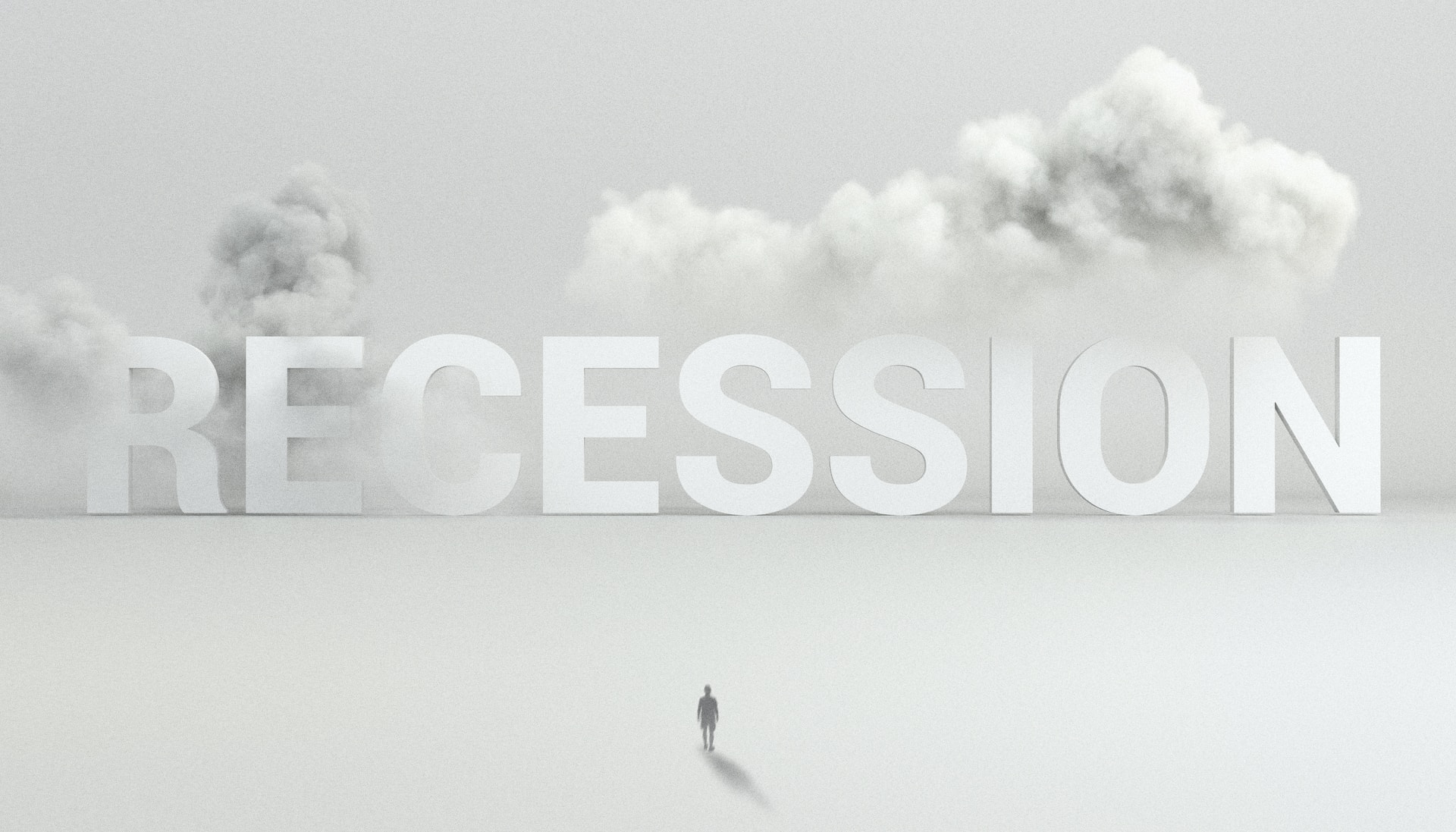Are we already in recession?

9 factors for recognizing a recession. The point of Jared Franz, economist at Capital Group
While recession seemed imminent for a time, the economic picture became confusing as sectors weakened and recovered at different times. To help investors prepare for these uncertain times, we analyzed more than 70 years of data to answer key questions about recessions:
1. What is a recession?
A recession generally refers to at least two consecutive quarters of decline in GDP (gross domestic product) after a period of growth, although this in itself is not sufficient.
2. What causes recessions?
In the past, recessions have occurred for a variety of reasons, but they typically result from economic imbalances that ultimately need to be corrected. For example, the 2008 recession was caused by excess debt in the residential real estate market. Recessions can also be caused by unexpected shocks – such as the COVID-19 pandemic – that are widespread enough to hurt corporate profits and lead to layoffs. When unemployment rises, consumers tend to reduce spending, which puts further pressure on economic growth, corporate profits and stock prices. These factors can set in motion a vicious cycle that pushes an economy into recession. Although they can be difficult to overcome, recessions are a natural and necessary means of eliminating excesses before the next economic expansion.
3. How long does a recession last?
The good news is that recessions generally haven't lasted long. Our analysis of 11 cycles since 1950 shows that recessions have lasted from two to 18 months, with an average duration of about 10 months. For those directly affected by layoffs or business failures, it can seem like an eternity. But investors with a long-term horizon need to focus on the bigger picture. In relative terms, recessions have been the blink of an eye in economic history. Over the past 70 years, the United States has officially been in recession less than 15% of the months. Furthermore, their net economic impact has been relatively modest.
4. What happens to the stock market during a recession?
The greatest returns can be achieved during the final stages of an economic cycle or immediately after the minimum turning point is reached. A median strategy, in which investors systematically invest equal amounts at regular intervals, can be advantageous in bear markets. This approach allows investors to purchase more shares at lower prices, while remaining positioned for when the market recovers.
5. What economic indicators can predict a recession?
Wouldn't it be great to know in advance when a recession is coming? Knowing exactly when it will begin is impossible, but there are some usually reliable signals worth monitoring in the final stages of the economic cycle.
The yield curve, the unemployment rate, consumer confidence and new construction starts are four economic indicators that can signal the arrival of a recession.
6. Are we in a recession?
While it has at times seemed like we were already in a recession, we believe the actual recession has yet to begin. Our baseline assumption remains that of a relatively short and mild recession, but the odds have increased that it will not occur at all. Despite the impact that inflation and high rates have had on consumer sentiment and corporate profits, the labor market has proven surprisingly resilient and continues to support the economy. Rather than an actual recession, we may see a continuation of a rolling recession, in which parts of the economy contract and recover at different times.
7. How can investors position a stock portfolio for a recession?
Not all stocks react to phases of economic tension in the same way. In the eight major stock market declines between 1987 and 2022, some sectors held up better than others, and these were usually those with higher dividends, such as consumer staples and utilities. Dividends can offer stable return potential during broad-based stock declines. Growth-oriented stocks can continue to be a key component of portfolios, but it is important to favor companies with strong balance sheets, stable cash flows and long-term growth prospects that can withstand waves of short-term volatility. Many businesses can remain profitable even during recessions. We need to focus on companies with products and services that people will continue to use every day, such as telecommunications and utilities as well as food companies with pricing power.
8. How can investors position a bond portfolio for a recession?
Bonds are often key to successful investing during a recession or bear market. This is because bonds can provide some stability and capital protection, especially during periods of volatility in the stock markets. Investors do not necessarily need to increase their bond allocation ahead of a recession, but can review their exposure to ensure it is positioned to provide diversification from equities, income, capital preservation and inflation protection – what we believe be the four key roles bonds can play in a well-diversified portfolio.
9. What are ways to prepare for a recession?
When investing before and during a recession, you must first remain calm. Emotionality can be the number one obstacle to achieving high returns. What is most important is to maintain a long-term perspective and ensure that portfolios are properly balanced to take advantage of periods of potential growth.
This is a machine translation from Italian language of a post published on Start Magazine at the URL https://www.startmag.it/economia/siamo-gia-in-recessione-2/ on Sat, 14 Oct 2023 06:28:04 +0000.
